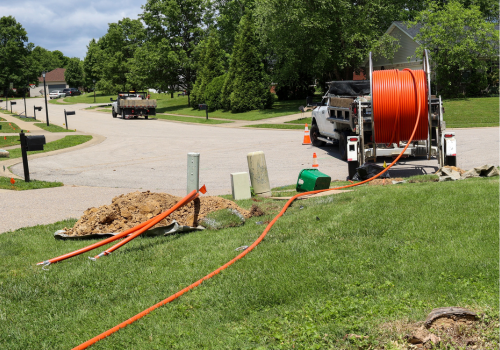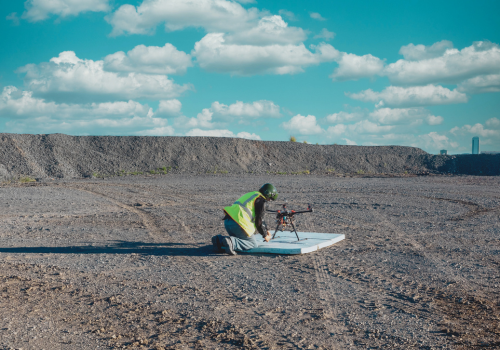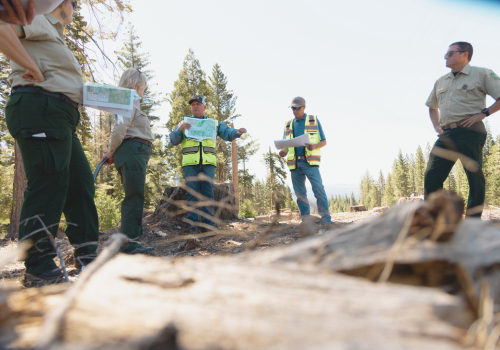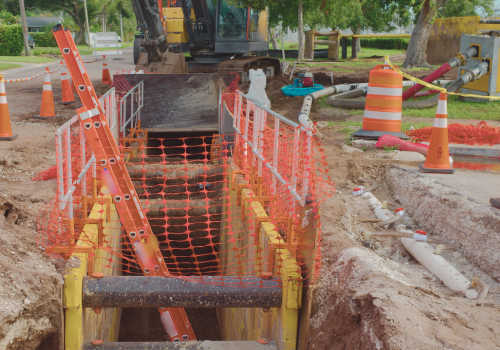Broadband is no longer a luxury—it’s as essential as electricity. High-speed internet powers economic growth, education, healthcare, and everyday social life. Yet millions of rural Americans remain cut off from this critical utility, not because of lack of need, but because providers face higher installation costs and lower profit margins outside cities.
While fiber now passes 76.5 million U.S. homes, the gap is stark: according to the FCC, more than 22% of rural residents and nearly 28% of those on Tribal lands still lack fixed broadband at even 25/3 Mbps speeds, compared to just 1.5% in urban areas. That’s why the Infrastructure Investment & Jobs Act (IIJA), with its $65 billion broadband investment and the BEAD program at its center, is being called a once-in-a-generation opportunity to close the digital divide. And although federal rules recently shifted from a “fiber-first” approach to a more “tech-neutral” stance, many experts believe the evidence is clear: fiber must remain the gold standard.
Fiber Outperforms Every Other Technology
When the FCC updated its broadband benchmark in 2024 to 100 Mbps download and 20 Mbps upload for fixed home services, the National Rural Electric Cooperative Association (NRECA) argued it wasn’t enough.
“Consumer residential and business demands have already surpassed the benchmark approved today,” said NRECA CEO Jim Matheson. “The FCC should move to set future-proof benchmark speeds of at least 100/100 Mbps to ensure the broadband needs of rural communities can be met as demand continues to grow.”
Other broadband technologies struggle to consistently meet even the current standard:
Technology Options
Fiber
250–1,000+ Mbps
250–1,000+ Mbps
1–20 ms
Symmetrical, reliable, future-proof
Cable
25–500+ Mbps
5–50 Mbps
20–50 ms
Widely available but asymmetrical
Satellite
12–150 Mbps
5–20 Mbps
25–60 ms (on land), higher in poor weather
Performance varies by location and congestion
Wireless
2–150 Mbps
0.5–23 Mbps
3–100+ ms
Dependent on line-of-sight, equipment, and terrain
DSL
1–35 Mbps
1–10 Mbps
50–100 ms
Outdated, very limited capacity
Low latency is another reason fiber leads. With typical latency of 1–7 ms, fiber enables real-time applications like video conferencing and online gaming—uses that satellite, DSL, and even cable often struggle to deliver smoothly.
Fiber Anticipates Tomorrow’s Demands
Demand for bandwidth is only going up with the growth of streaming services, remote work, AI tools, and smart home devices. The average U.S. household now uses about 500 GB of data per month, nearly double pre-pandemic levels.
“Fiber anticipates all of our needs for the next 50 years,” says Dr. Christopher Ali, telecommunications professor at Penn State. “Nothing else will do that. But fiber is expensive—that’s why we’re seeing a debate on whether we should accept ‘good enough’ broadband or invest in what will truly meet future needs.”
Fiber Fuels Rural Economic Growth
Broadband doesn’t just connect households—it powers local economies. A 2024 study from the Center on Rural Innovation found that rural counties with high broadband utilization had:
- 213% higher business growth rates
- 10% higher self-employment growth
- 45% higher GDP
- 18% higher per capita income growth
Beltrami County, Minnesota, illustrates this impact. In 2004, Paul Bunyan Communications invested in an all-fiber network, later rolling out free public Wi-Fi and gigabit service. The result? Between 2010 and 2021, 120 new businesses opened in Bemidji, many crediting their success to reliable fiber broadband.
Fiber Powers Precision Agriculture
For farmers, broadband is more than convenience—it’s a competitive edge. Precision agriculture tools like GPS-guided tractors, drones, and IoT sensors rely on strong, low-latency connections. Yet a 2025 USDA survey found that only 55% of farms had broadband access, and just 22% were using precision agriculture technologies.
The federal Task Force on Precision Agriculture recommends deploying fiber as deeply as possible into rural areas, paired with wireless for “last acre” connectivity. Their conclusion: the “sweet spot” is 100 Mbps symmetrical bandwidth with latency below 10 ms.
Fiber doesn’t replace wireless—it strengthens it. By enabling denser 5G small cell clusters and providing redundancy for satellite or terrestrial wireless, fiber-to-the-field ensures farms can scale up technology for decades to come.
Fiber Expands Rural Healthcare
Telehealth depends on reliable, high-speed internet. For rural communities, that can mean access to specialists, mental health providers, and life-saving services otherwise unavailable locally.
The FCC’s Connect2Health Task Force calls broadband a “social determinant of health”—as critical to well-being as safe housing or clean water. Fiber’s stability and low latency make it the best option for consistent, high-quality telehealth.
Rural Americans Want Fiber
Consumers themselves recognize fiber’s value. A 2025 broadband survey by RVA LLC for the Fiber Broadband Association found:
- 75% of rural and urban adults say high-quality internet is very important to their household.
- In rural areas with service below 100/20 Mbps, fiber ranked as the top choice—far above wireless, DSL, or satellite.
- Fixed wireless ranked lowest, with just 4% of votes.
The Case for Investing in Fiber
The pandemic underscored what experts have long argued: broadband is not optional—it’s a utility as vital as running water or electricity. Fiber offers the speed, reliability, and capacity to power rural economies, precision agriculture, telehealth, education, and small business growth for decades to come.
Yes, fiber is costly to deploy. But history shows that transformative infrastructure is always worth the investment. Just as the rural electrification movement lit up the countryside in the 20th century, expanding fiber broadband will determine whether rural America thrives in the 21st. Rural families, farmers, and businesses don’t just need broadband—they deserve the very best. And that means fiber.
Subscribe to The Utility Expo monthly newsletter to receive more industry insights like this.
Read Next
The Future of Fiber Deployment: 6 Trends Transforming the Industry
The Power of Fiber Optics: Chattanooga’s Blueprint for Municipal Broadband Growth












